Market Trends
Key Emerging Trends in the Paint Additives Market
Paint additives, essential components enhancing the performance and functionality of paints, are subject to evolving market trends that shape the industry's trajectory. These trends reflect the changing landscape influenced by technological advancements, sustainability concerns, consumer preferences, and regulatory shifts, profoundly impacting the development and adoption of paint additives.
One prominent trend in the paint additives market is the increasing emphasis on sustainability and eco-friendliness. Environmental consciousness has fueled a demand for additives with reduced environmental impact, such as those with lower volatile organic compound (VOC) content or biodegradable properties. Manufacturers are continually innovating to develop additives that meet stringent environmental regulations while maintaining or improving paint performance. This trend aligns with the broader industry push toward sustainable practices, fostering the development and adoption of greener paint additives.
Another significant trend revolves around technological advancements driving additive innovations. Nanotechnology, for instance, has revolutionized the field by introducing nano-sized additives that enhance various paint properties. These nano-additives offer improved scratch resistance, UV protection, and durability, catering to the demand for high-performance coatings in diverse applications. Additionally, advancements in formulation techniques aim to create additives that improve application ease, adhesion, and overall performance, reflecting the industry's quest for innovative solutions.
Consumer preferences also shape market trends in paint additives. Increasingly discerning consumers seek paints with specific functionalities, such as antimicrobial properties, enhanced UV protection, or improved weather resistance. This demand influences the development and adoption of additives tailored to meet these specific needs. Additives that provide anti-mold, antibacterial, or self-cleaning properties are gaining traction, particularly in sectors like healthcare, residential spaces, and infrastructure, reflecting the evolving preferences of end-users.
Furthermore, there's a notable trend toward additives designed to enhance the aesthetic appeal of paints. Consumers increasingly prioritize paints that offer vibrant colors, better sheen, and long-lasting visual appeal. Additives that improve color retention, gloss, or texture play a crucial role in meeting these demands, driving the market for additives that enhance the visual aspects of paint finishes.
Regulatory changes and standards also influence market trends in paint additives. Governments worldwide continue to tighten regulations regarding the use of certain chemicals in paints, compelling manufacturers to develop additives that comply with these evolving standards. This trend pushes the industry toward eco-friendly formulations, accelerating the adoption of additives with reduced toxicity and environmental impact.
Moreover, the trend toward customization and specialty coatings is gaining momentum in the paint additives market. Manufacturers are increasingly offering tailored solutions to meet specific industry needs, such as additives for industrial coatings, automotive paints, or marine applications. Customized additives that offer unique properties, such as fire resistance, chemical resistance, or enhanced durability, cater to niche markets seeking specialized functionalities.
The growing digitalization of the paint industry is also influencing market trends in additives. Digital technologies are being integrated into additive development, formulation, and even application processes, leading to more efficient and precise additive designs. Digital tools aid in research, simulation, and analysis, enabling manufacturers to optimize additive formulations and accelerate product development cycles.

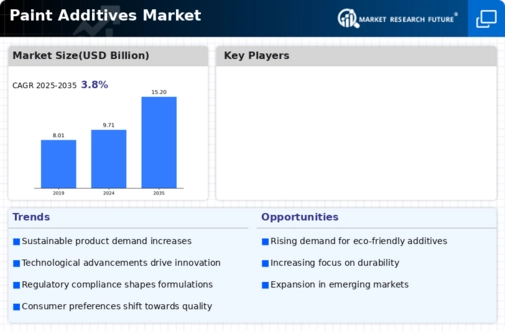
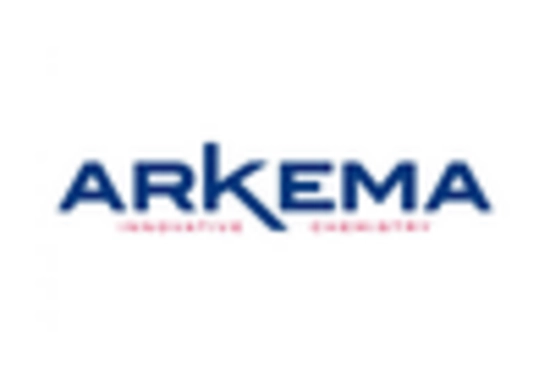

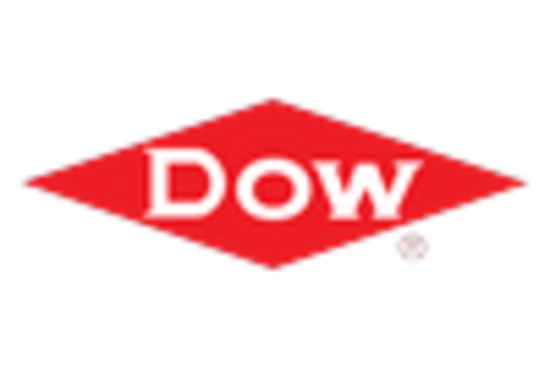
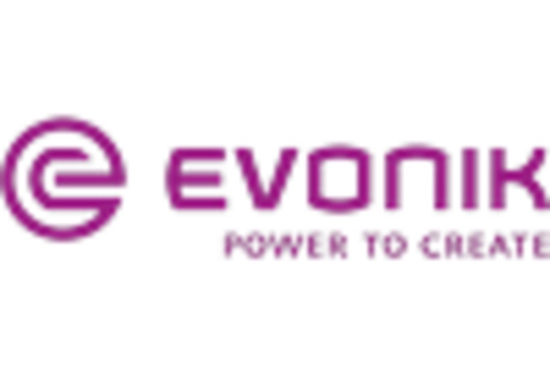
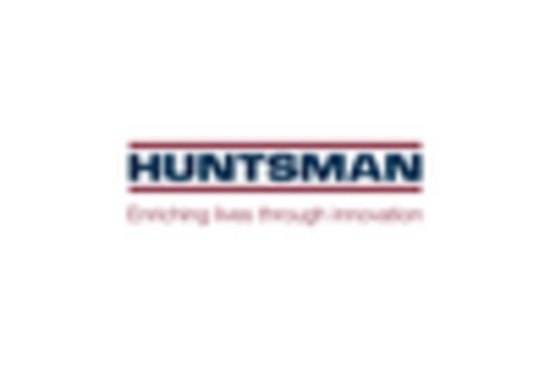
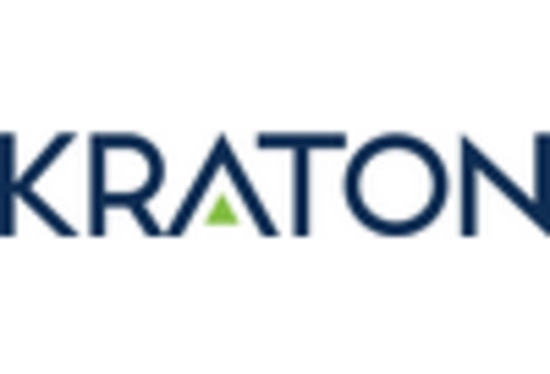









Leave a Comment